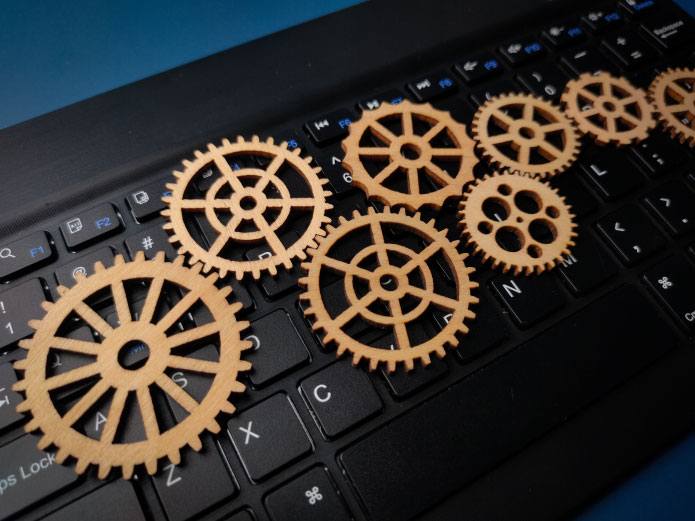Automation and RPA (Robotic Process Automation) continue to transform businesses around the world, serving as fundamental pillars in the digital revolution. By 2025, these technologies are expected to advance even further, driven by innovations in artificial intelligence (AI), system integration, and the demand for operational efficiency.
The advanced integration between RPA and generative AI is establishing itself as one of the most significant advancements. Robots will not only perform repetitive tasks but also learn to handle more complex situations, adapting in real-time. This will include the ability to generate content, interpret texts, and offer solutions based on contextual analysis, expanding the scope of automation applications.
The hyperautomation, combining RPA, AI, machine learning (ML), and data analytics tools, will remain a growing trend. Companies will seek to automate not only isolated tasks but entire end-to-end processes. This includes everything from data collection and organization to decision-making based on insights, promoting efficiency and cost reduction.
Democratization of automation through “low-code” and “no-code” tools, which will allow professionals without advanced technical knowledge to create and implement automated solutions. This democratization will enable small and medium-sized businesses to adopt automation in their processes, reducing entry barriers and accelerating digital transformation across various sectors.
The increasing adoption of cloud-based solutions will also influence the automation market. Cloud-based RPA platforms will enable greater scalability, flexibility, and cost-effectiveness. Companies will be able to implement and manage robots remotely, integrating systems across different locations with agility and security.
The Sustainability will become an increasingly relevant factor in the adoption of automation technologies. Companies will seek to reduce resource consumption and optimize processes to minimize environmental impact. RPA solutions will be developed to promote energy efficiency, emissions monitoring, and sustainable resource management.
With the rise of automation and data collection, cybersecurity and governance will become critical areas. Companies will invest in RPA solutions integrating robust data protection mechanisms, as well as tools ensuring compliance with regulations such as GDPR and LGPD.
Collaborative robots, or “cobots,” working alongside humans, will see increased use. These robots will be programmed to interact with employees safely and efficiently, boosting productivity and optimizing tasks requiring a combination of human skill and automation.
Expansion into emerging sectors, such as healthcare, education, and agriculture, will see greater RPA adoption. In healthcare, for example, robots will be used to manage patient records, schedule appointments, and process insurance claims more efficiently. In agriculture, automation can be integrated to monitor crops and optimize resource usage.
The automation and RPA market for 2025 promises significant advancements, redefining how businesses operate and interact with technology. Trends point toward smarter, more accessible, and sustainable automation, focusing on integration, security, and positive environmental impact. Companies embracing these innovations will be better positioned to thrive in an increasingly automated world.
The acceleration of these trends also reinforces the importance of a collaborative approach among multidisciplinary teams, ensuring that the implementation of solutions aligns with organizations’ strategic objectives. Additionally, the impact of automation is not limited to productivity—it also influences how professionals engage with work, paving the way for new skills and roles more focused on strategy and innovation.


